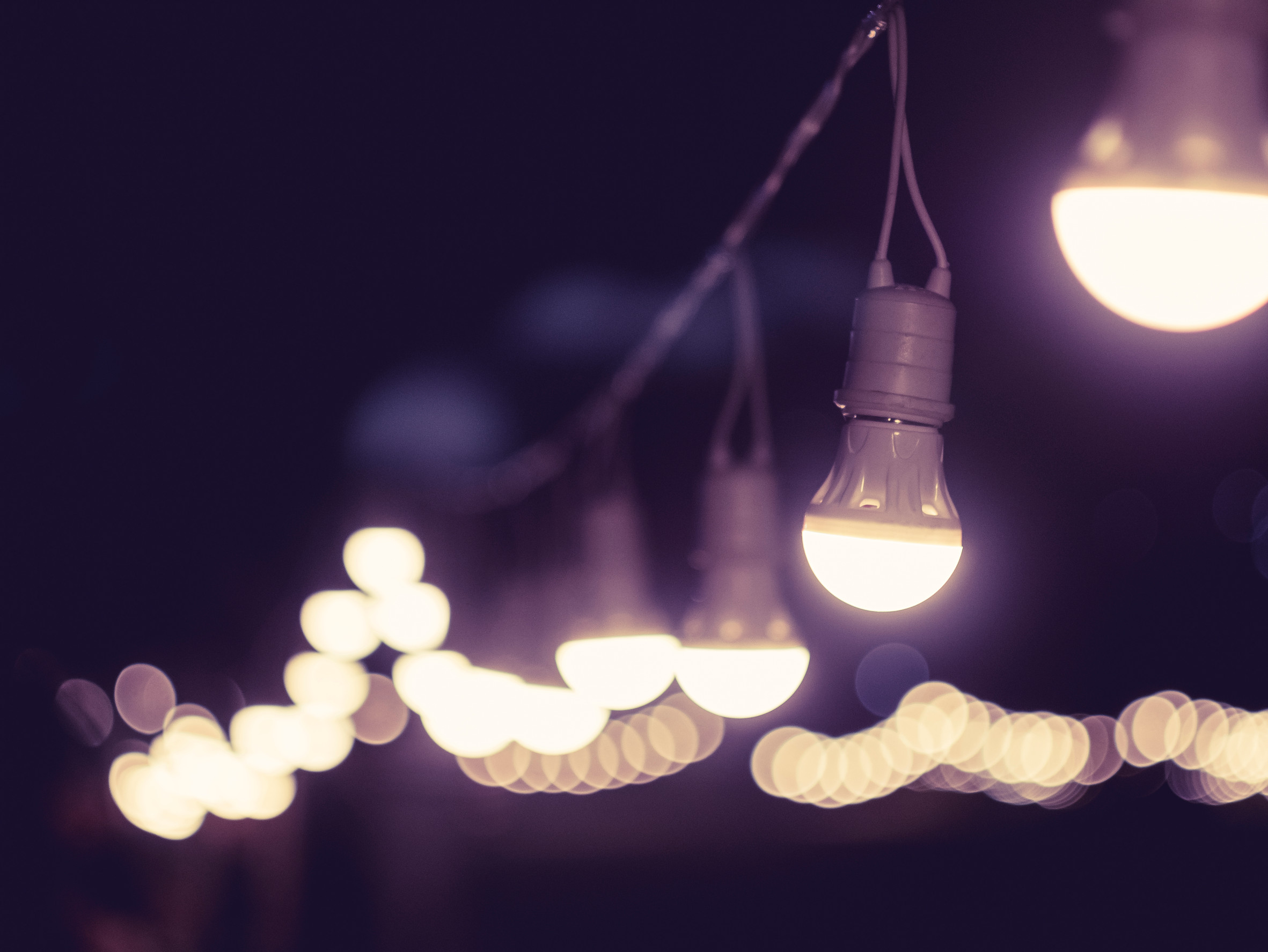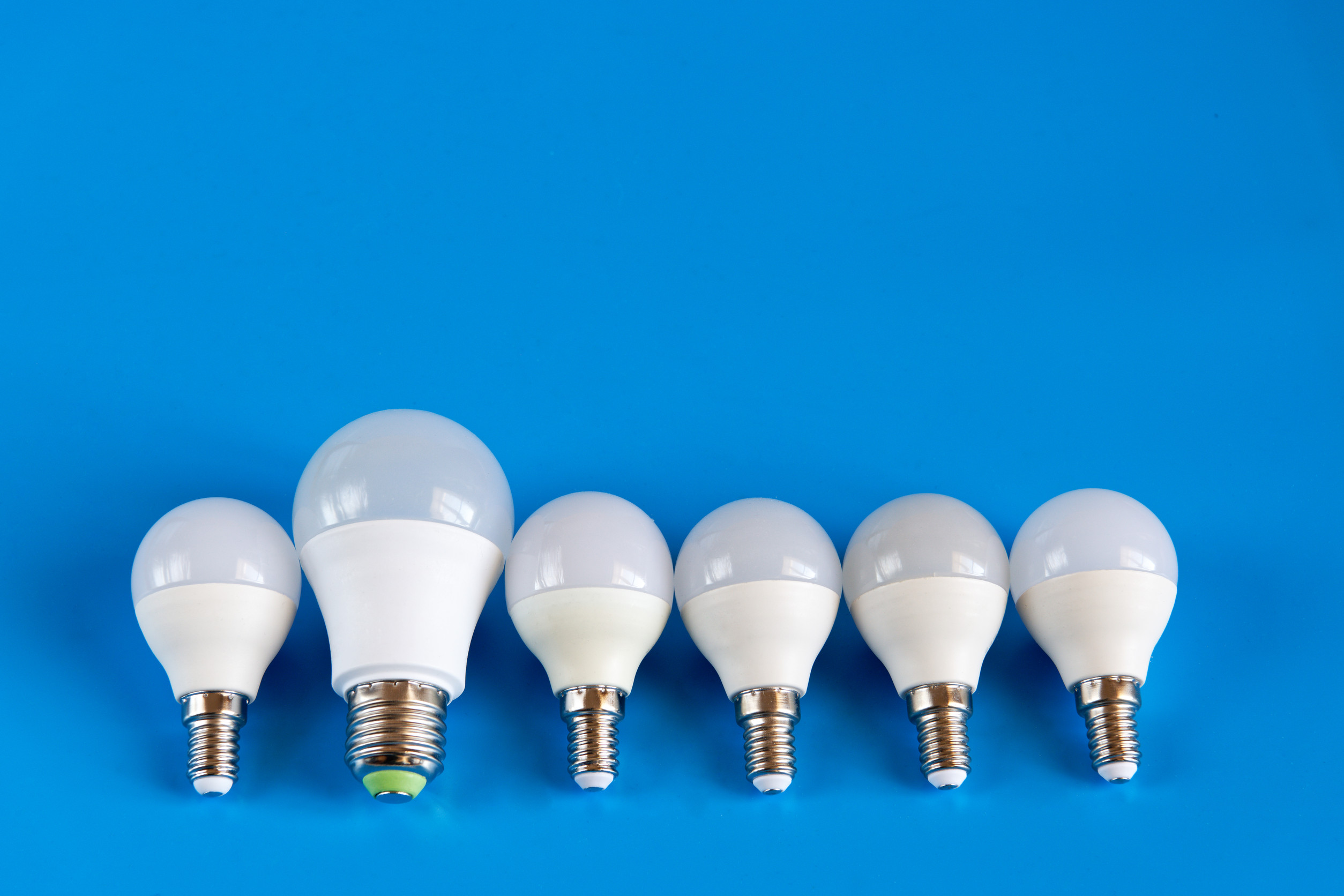Energy-saving lightbulbs—those compact fluorescents (CFLs) and light-emitting diodes (LEDs)—are often praised as the eco-friendly darlings of modern lighting. They’re supposed to save you money, lower your energy use, and reduce your carbon footprint. But as with most things that sound too good to be true, there’s more to the story than meets the eye.
While their benefits are real, they also come with some overlooked trade-offs. So before you start replacing every bulb in your house, it’s worth asking: what are energy-saving bulbs really costing you?
The Upfront Cost Is No Joke
The first thing most people notice about energy-saving bulbs is the price tag. A single LED bulb can cost up to ten times more than a traditional incandescent. Even if you buy in bulk or wait for sales, you’re still looking at a bigger upfront investment.
For a whole house, that adds up fast—especially for families trying to keep monthly expenses low. Though the pitch is that they “pay for themselves over time,” not everyone has the luxury of thinking long-term when budgeting.
Light Quality Has a Learning Curve
Many people don’t realize how much light affects their mood and productivity until they switch to a new kind of bulb. CFLs often cast a harsh, bluish light, and even some LEDs can feel cold and clinical compared to the warm glow of an old incandescent.
While newer models offer better color ranges, it still takes time—and money—to find the right match. For those sensitive to lighting, the adjustment can be a daily nuisance. You’re not just buying light; you’re buying a whole atmosphere.
The Hidden Environmental Costs
Ironically, the push to “go green” with lightbulbs has some unintended consequences. CFLs contain mercury, a toxic substance that can be dangerous if the bulb breaks or is improperly disposed of. LEDs, while mercury-free, require rare earth minerals that are often mined under harmful environmental and labor conditions. The production and eventual disposal of these bulbs are far from impact-free. So while they reduce carbon emissions in your home, their manufacturing story is a bit murkier. It’s not always as simple as good for the planet equals good overall.
Disposing Them Isn’t So Simple
Unlike incandescent bulbs, which you can simply toss in the trash (not that you should), energy-saving bulbs often require special handling. CFLs, in particular, must be recycled properly due to their mercury content, and many cities don’t offer convenient drop-off locations. That means well-intentioned folks either store old bulbs indefinitely or—worse—toss them out improperly.
LEDs are more durable but still considered electronic waste, which makes disposal more complicated than most people realize. Because of their efficiency, these bulbs can become a headache for disposal over time.
Savings Depend on Use, Not Just Efficiency
The promise of saving money with energy-efficient bulbs is real—but it’s also conditional. If you’re not using the lights for long periods or if you live in a naturally well-lit home, the actual savings might be smaller than advertised.
The more you use them, the more they save you, but that also assumes you don’t mind leaving the lights on. This means your return on investment can vary wildly depending on your lifestyle and household habits. It’s not a guaranteed windfall—just a possibility, depending on your circumstances.
They Might Not Work With Your Fixtures
Another often overlooked issue is compatibility with older fixtures and dimmer switches. Some LEDs flicker or won’t work at all with traditional dimmers, and while newer “dimmable” models exist, they cost even more. People often find themselves replacing switches or buying extra accessories just to make the bulbs functional. That’s an added cost—and hassle—that most don’t factor in at the checkout line. It’s yet another example of how something marketed as simple can turn out to be unexpectedly complex.
Longevity Can Be a Double-Edged Sword
One of the main selling points of energy-saving bulbs is that they last for years—sometimes over a decade. While that’s appealing, it also means if you picked the wrong color temperature or brightness, you’re stuck with it for a long time. Unlike an old incandescent that dies quickly and lets you try something new, LEDs are more of a commitment.
The long life also means people tend to forget how to dispose of them properly when the time comes. Longevity is great—until it becomes a long-term annoyance.
You’re Trading Heat for Efficiency
Incandescents are inefficient, sure, but that inefficiency means they give off heat—something that can be beneficial in colder climates. Energy-saving bulbs give off far less heat, which is generally good but not always helpful. In the winter, homes lit with incandescents might actually see a small boost in room temperature. When you switch entirely to LEDs or CFLs, you lose that extra warmth, possibly leading to higher heating bills. So while you’re saving on lighting costs, your HVAC might pick up the slack.
The Marketing Oversimplifies Things
One of the biggest costs is not financial—it’s the cost of confusion. The marketing behind energy-saving bulbs often oversimplifies the benefits while glossing over the trade-offs. Consumers are led to believe it’s an easy win, when in reality, it’s more nuanced than that.
Making informed decisions requires digging into specifications, learning about color temperature, and figuring out compatibility. That learning curve isn’t just frustrating—it’s time-consuming and can lead to decision fatigue.
So… Are They Worth It?
The answer, unsurprisingly, is: it depends. For many people, especially those in high-usage households or environmentally conscious communities, energy-saving bulbs absolutely make sense. But that doesn’t mean they’re the perfect solution for everyone. The costs—financial, environmental, and practical—are real and deserve more attention than they usually get. It’s not about whether they’re good or bad, but whether they’re right for you.
Got thoughts on how energy-saving lightbulbs have worked out for you? Make sure that you leave a comment below— we would love to hear your experience, the good and the bad.
Read More
Energy Efficient Home Upgrades and Improvements to Consider in 2025



Leave a Reply